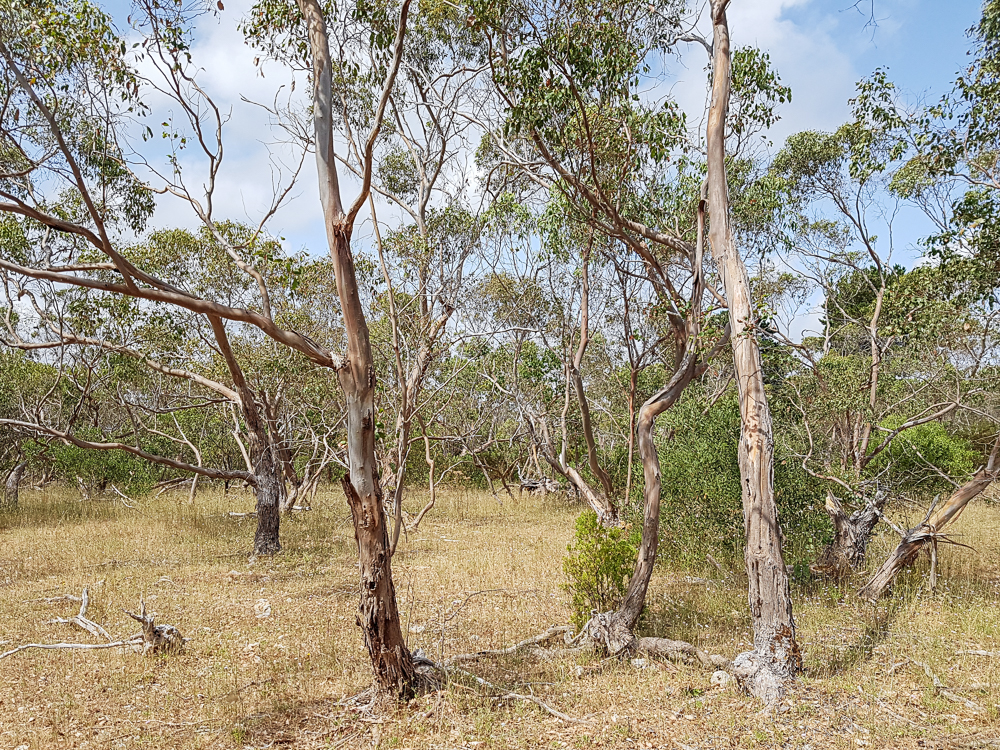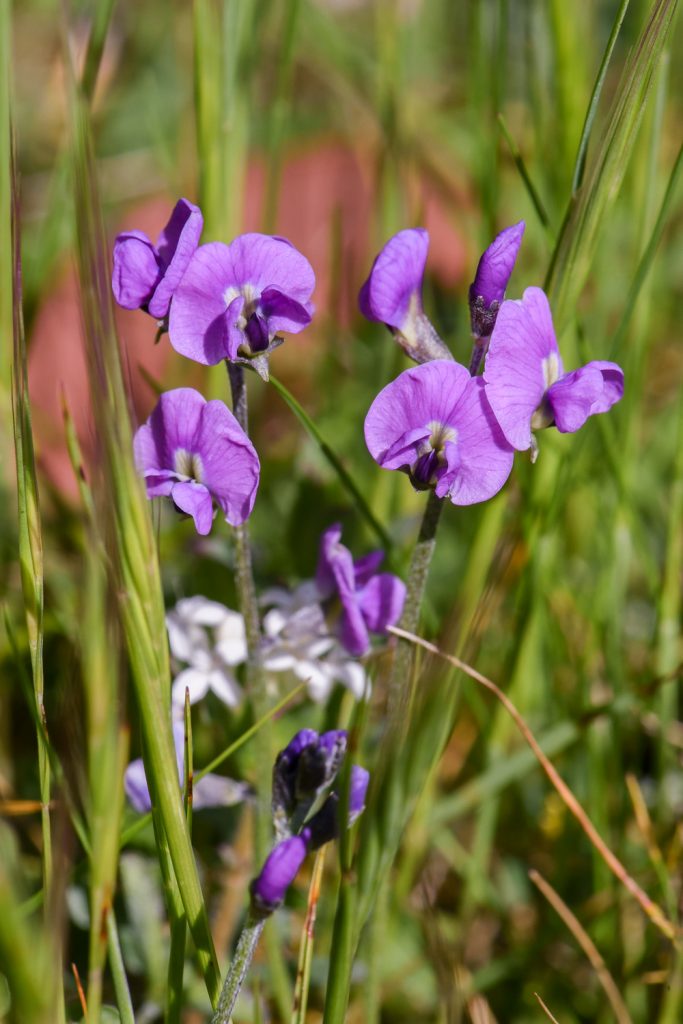Revegetation at former airstrip site prepares to take flight
Hancocks Victorian Plantations (HVP) recently engaged NGT to plan and start work on a multi-year revegetation project at one of their properties in far South West Victoria. The 75 hectare restoration site holds a former airstrip and limestone quarry, and lies about 20 km south east of Mt Gambier – not far from the Princess Margaret Rose Caves.
We jumped at the chance, especially given the sites strategic location just to the east of the Dry Creek and Honeysuckle Native Forest Reserves (NFRs). Once revegetated, it has the potential to form another stepping stone of native vegetation amongst the pines, helping to strengthen links between these NFRs, the Lower Glenelg National Park to the south and Rennick State Forest to the north-east.
The property contains large areas of shallow soils over limestone, mostly covered by open and fairly weedy grassland, as well as some interesting limestone outcropping and patches of deeper sand hosting remnant Messmate Stringybark (Eucalyptus obliqua). Also notable is a good patch of open Swamp Gum (E. ovata) woodland in the east – this eucalypt is usually found in damp soils but appears here growing in almost mallee form on shallow soils over limestone.

While the property has a previous grazing history, the stock are off and it’s now wombats and large mobs of kangaroos keeping the vegetation pruned. This grazing pressure from native herbivores can be a concern as any seedlings with a tall growth habit generally don’t get a chance to get up before they are nipped off. One positive side effect is that some species that are naturally low-growing and can reproduce when just a few centimetres tall have flourished in the open space. So there are extensive patches of Grassland Wood-sorrel (Oxalis perennans) – a known food plant for butterfly larvae. Other common plants include Cranberry Heath (Astroloma humifusum), Pale Mat-rush (Lomandra nana) and wallaby grasses (Rytidosperma spp.).
NGT’s work so far has included mapping remnant vegetation, conducting flora and fauna surveys, revegetation planning and getting started on weed control to improve remnant areas.
Our visits in 2020 have given a few surprises, one of these being Bryan unexpectedly coming across the Grassland Copper Butterfly (Lucia limbaria) – the star of another NGT project surveying the Adelaide parklands. In terms of flora, some good patches of Chocolate Lily (Arthropodium strictum) and Bulbine Lily (Bulbine bulbosa) brought some colour to the grassy woodlands in spring, and while carefully treating Bridal Creeper in fairly poor quality remnant woodland recently, I came across the tiny (and EPBC-listed) Clover Glycine (Glycine latrobeana) under wattles and in amongst Bridal Creeper.

This is just the start and thanks go to HVP for getting us involved in the project – we’re looking forward to an interesting restoration journey!
